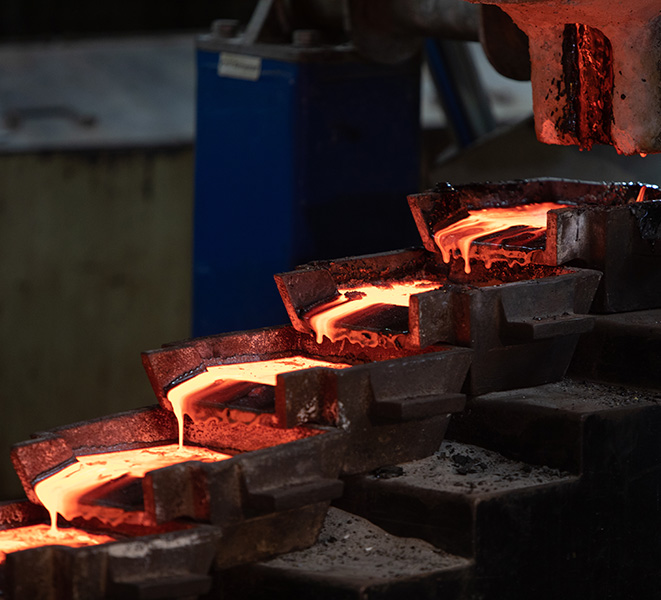
“Let’s put it this way, junior miners have had quite the challenging time over the last two years.” Those are the words of John Gravelle, Partner and Global Mining Leader at PricewaterhouseCoopers (PwC), when questioned about what life has been like for the junior mining sector, both in Canada and beyond.
As Gravelle goes on to tell me, the seeds of said challenging time were laid at the beginning of 2012 when a number of senior producers experienced substantial write-downs. This event was repeated at the turn of 2013 and this, coupled with the subsequent fall in metals prices, was enough to convince those investors who had considered leaving the sector the year before to do so altogether.
“The simple fact is,” Gravelle continues, “the write-downs of the seniors gave people a bad taste for the sector overall and when investors in senior producers leave the sector they are not going to stick around to invest in the juniors. With many of these investors having been gone for the best part of two years now it has left a number of juniors without a source of income, and having a situation where these producers have no income or ability to raise immediate capital tells you all you need to know about how tough things have been in recent times.”
While it may appear to the outside world that the fate of the junior mining sector appears something of an afterthought for investors, the reality is that this area of the mining world remains a vital piece of the bigger picture, a fact that it is all the more important to re-emphasis during challenging times.
“When it comes to the seniors, while they do tend to do some exploration this is often carried out around or close to their existing deposits,” Gravelle explains. “Where the juniors differ is that they will go out and conduct what you could call grass roots exploration where they identify and examine new territories in new mining areas. This is understandably a hugely important role to have, what with this new mining areas being needed to replace the reserves that producers currently use, which only have a finite lifespan. The role of the juniors is integral to the overall mining cycle and the Toronto Stock Exchange (TSX) is largely made up of these grass roots exploration companies that are targeting new areas and new mineral occurrences that they hope to ultimately sell to the senior miners and producers.”
Looking at the TSX in more detail offers considerable optimism in the sense that it provides proof that even in the face of difficult financial conditions, there are junior miners out there that have managed to buck the negative trend over the last several years and continue to do so now.
“The juniors that tend to stand out during challenging times are more often than not those that possess an economic deposit located in a low-risk area geographically, had a strong balance sheet heading into the downturn and boast an experienced management team that retains the confidence of the market,” Gravelle states. “These are the types of company that investors will always be attracted to. What you have to remember is that there will always be some money going into the mining sector and even if this only represents ten percent of what it was five to ten years ago this ten percent will find its way to the aforementioned type of miner.”
Analysts and market experts are almost united in the belief that the issues of 2012 and 2013 stem from the impairments to seniors and the fact that for too long these seniors allowed costs to spiral out of control. If anything, the events of recent years have acted as something of a wake up call for these companies and the thought process now is that the vast majority are starting to live up to their promise to rein in costs, the results of which are starting to filter through to the wider industry.
This trend has certainly given Gravelle cause for greater optimism about where the industry is heading in the short term. “I expect that by the middle of this year confidence will have started to return to the sector bringing investors back to the table, first to the mid-tier and seniors, and then the juniors. I also think we could soon see people taking more chances on the junior sector, which has always been a high risk – high reward arena.”
Gravelle is also keen to stress that those in the sector never truly lost confidence in the long term demand for minerals and metals, much of which continues to come from China, where growth projections for the economy remain in excess of seven percent. “In many ways I feel that as an industry we have hit the bottom during the last two years and are now starting to crawl our way back out. It will be a slow crawl of course but it is one buoyed by the positive outlook for the sector this year and beyond.”












